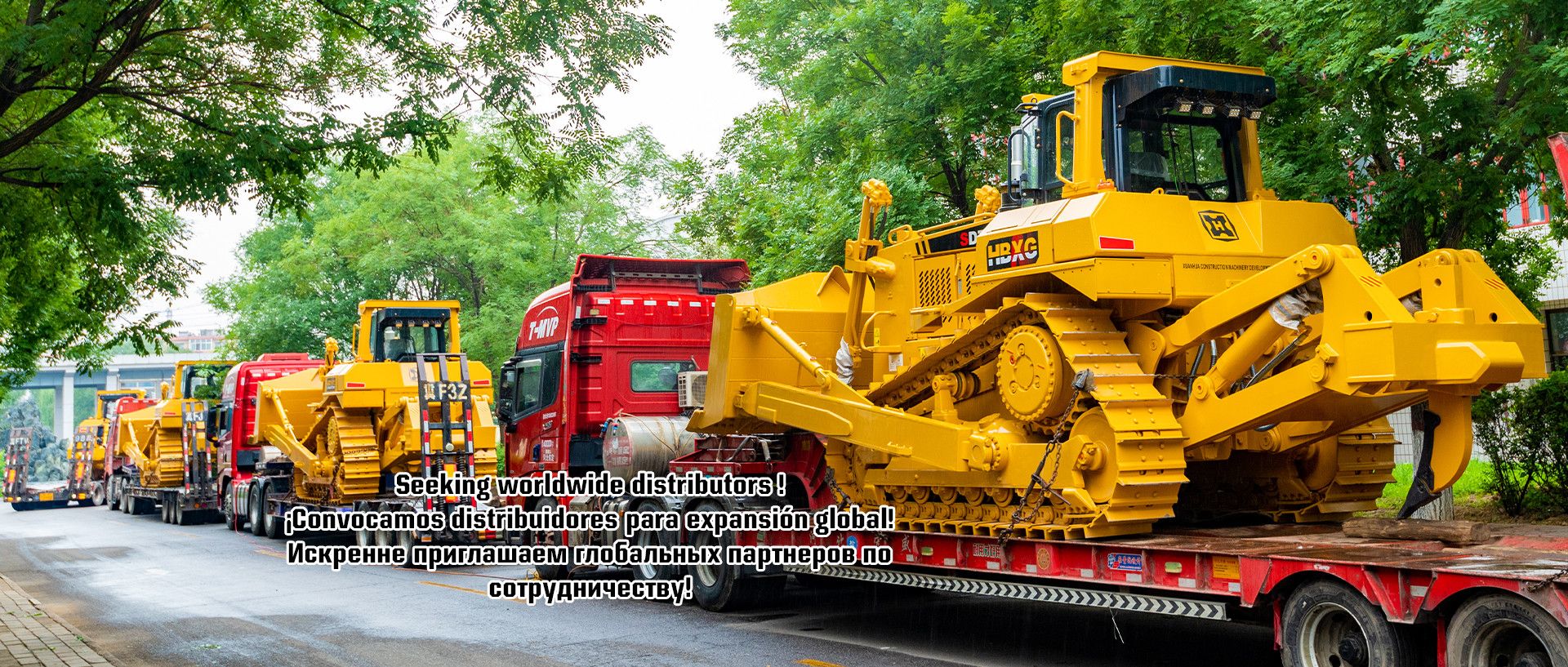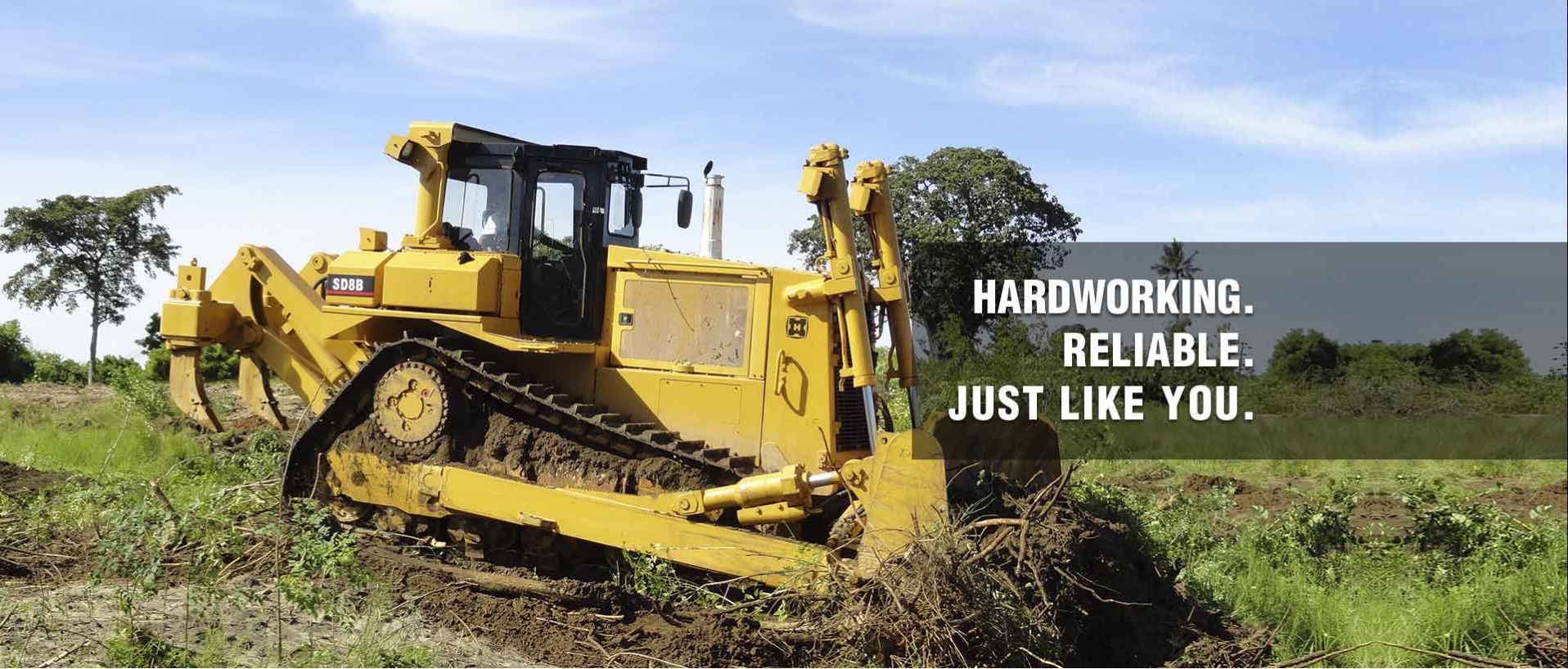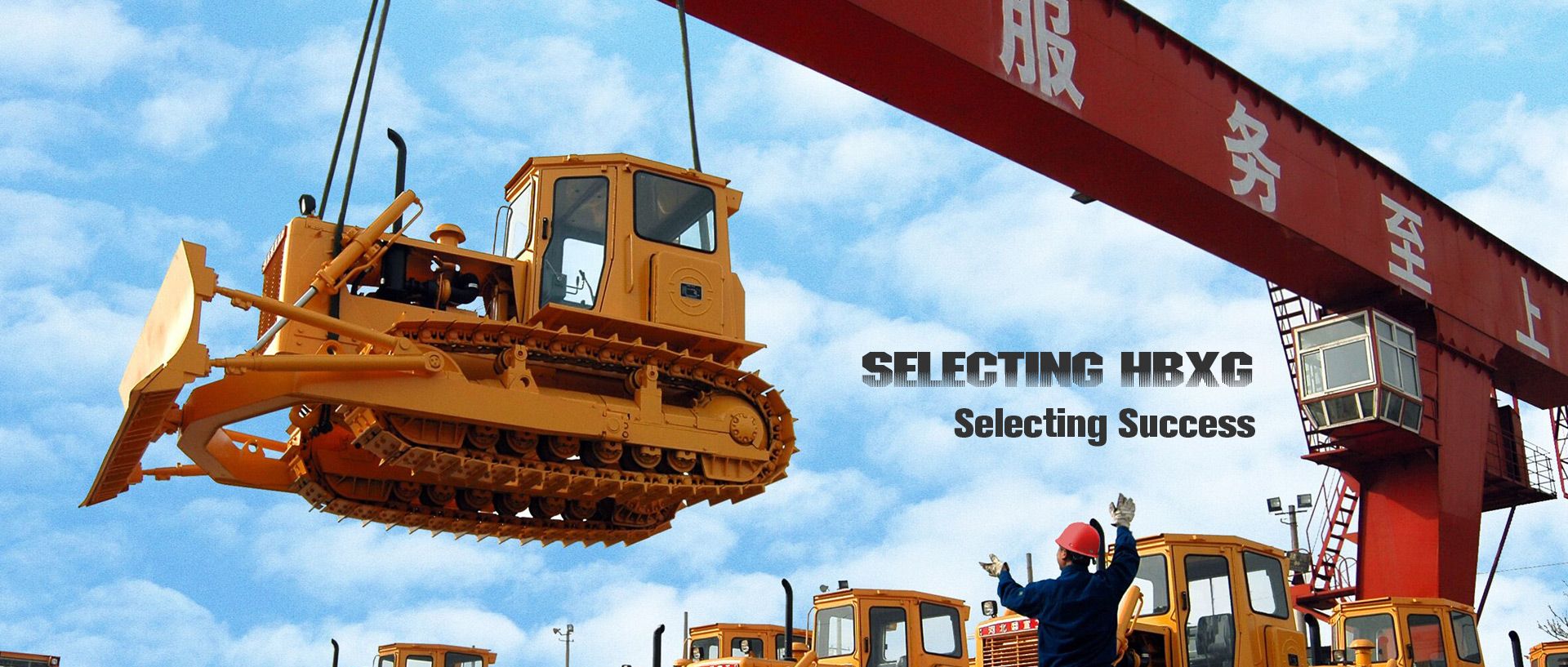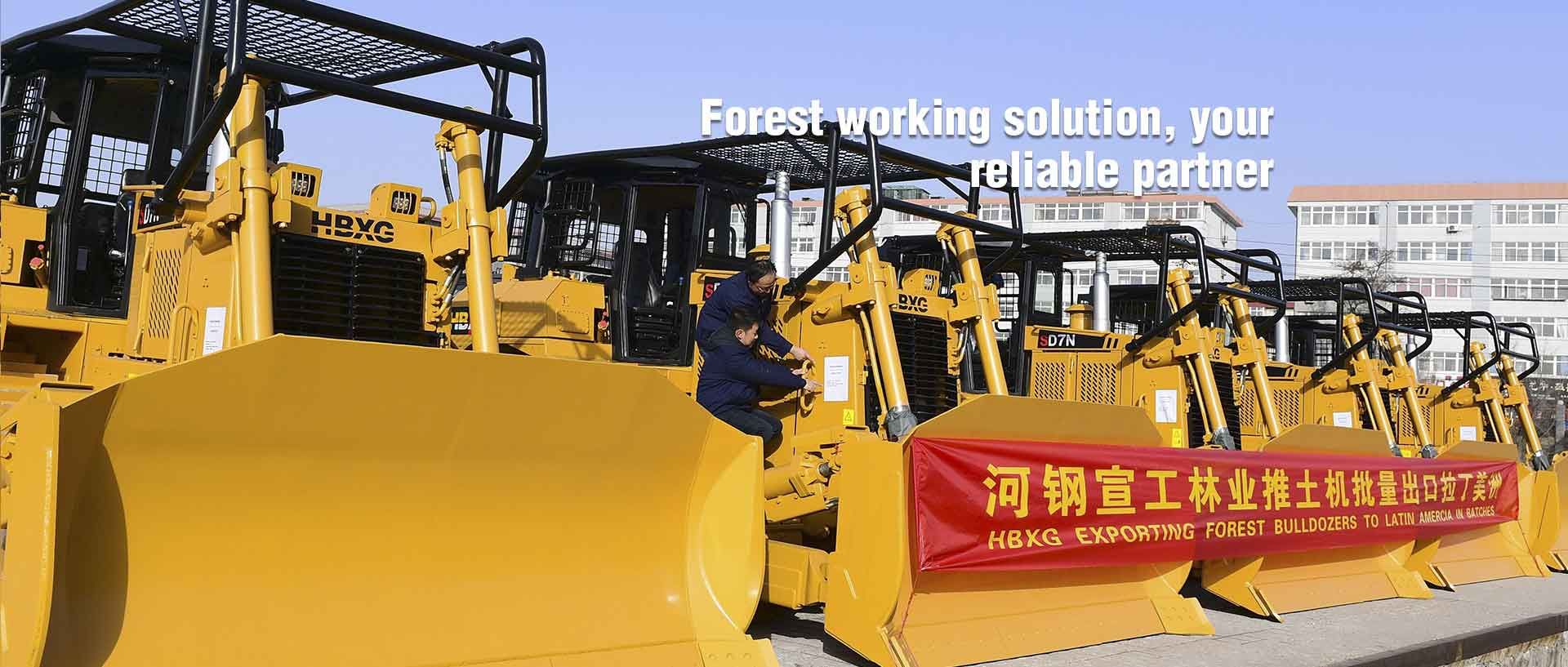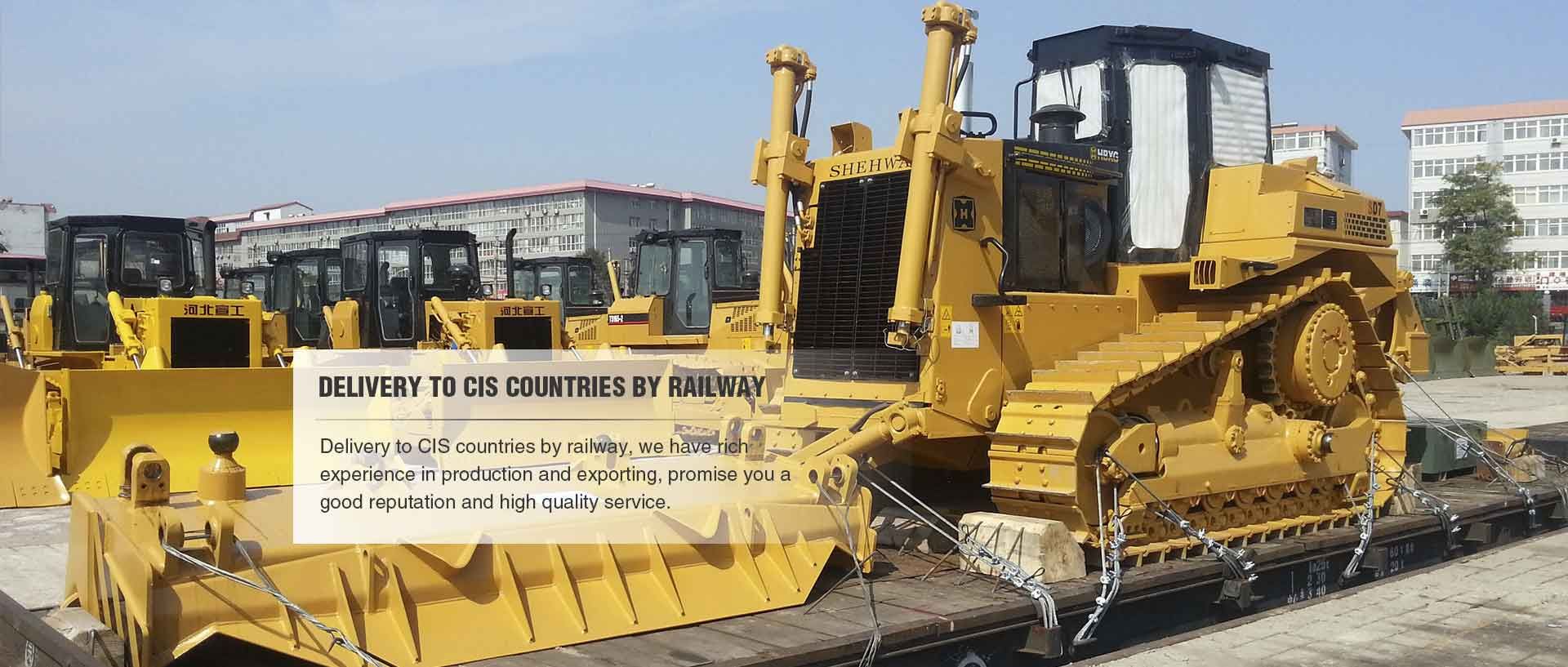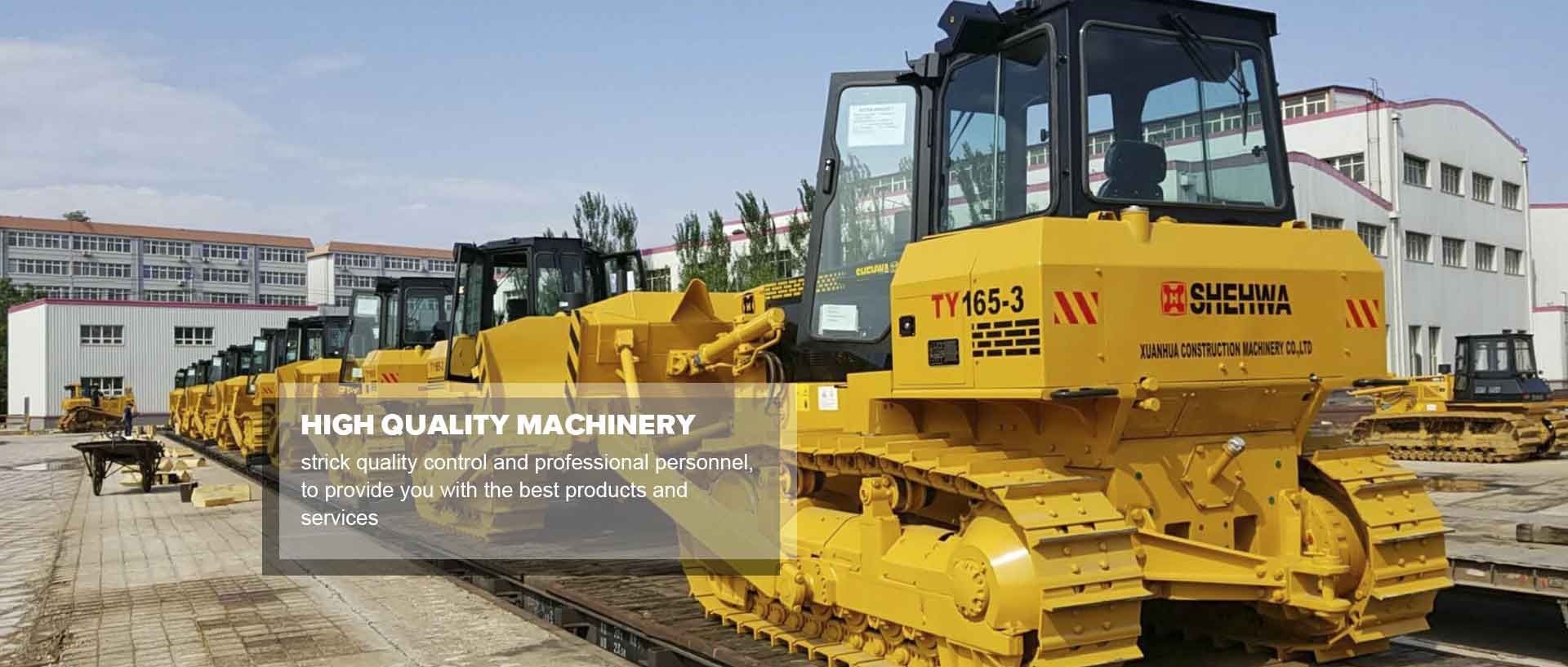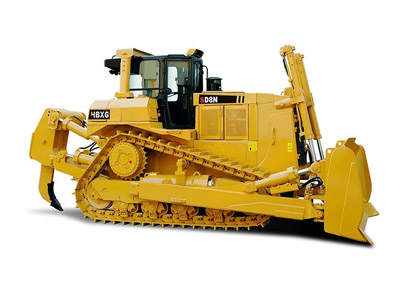5 Types of Bulldozers Explained
 Jun. 21, 2023
Jun. 21, 2023
Bulldozers are powerful and versatile construction machines commonly used for various earthmoving and grading tasks. With their robust design and heavy-duty capabilities, bulldozers play a vital role in construction, mining, and agricultural industries. This article will provide an overview of five different types of bulldozers, highlighting their unique features and typical applications.
Standard Bulldozer:
The standard bulldozer, also known as a basic bulldozer, is the most common type. It features a wide blade at the front, which is used for pushing and moving large quantities of soil, sand, or debris. Standard bulldozers are typically equipped with tracks for enhanced stability and maneuverability on rough terrain. They are commonly used in general construction projects, road building, and land clearing.
Mini Bulldozer:
Mini bulldozers, also referred to as compact bulldozers or "dozers," are smaller in size compared to standard bulldozers. These versatile machines are designed for working in tight spaces or confined areas where maneuverability is crucial. Mini bulldozers are commonly used for tasks such as landscaping, small construction projects, and residential applications. Despite their smaller size, they retain the essential features of a standard bulldozer, including a blade and tracks for efficient earthmoving.
Crawler Bulldozer:
Crawler bulldozers, also known as track-type bulldozers, are equipped with a set of heavy-duty tracks instead of wheels. These tracks provide excellent traction, stability, and weight distribution, making them suitable for challenging terrains such as muddy or uneven surfaces. Crawler bulldozers are commonly employed in large-scale construction projects, mining operations, and forestry applications. Their ability to navigate rough terrains and provide high pushing power makes them indispensable in demanding environments.
Wheel Bulldozer:
As the name suggests, wheel bulldozers are equipped with wheels instead of tracks. The wheels offer greater speed and maneuverability, making them suitable for applications that require frequent relocation or travel on paved surfaces. Wheel bulldozers often feature a blade and a rear ripper for breaking up compacted soil or rocks. They are commonly used in tasks such as land reclamation, highway construction, and urban development.
Waste Handler Bulldozer:
Waste handler bulldozers are specifically designed to handle waste management and landfill operations. These bulldozers are equipped with additional features to enhance their efficiency in handling waste materials. They often have protective guarding, such as screens and sweeps, to prevent debris from damaging critical components. Waste handler bulldozers also feature improved ventilation systems to reduce the risk of engine overheating when operating in dusty environments. Their specialized design and functionality make them essential in waste management facilities and landfill operations.
Conclusion:
Bulldozers are indispensable machines in the construction, mining, and agricultural industries. Understanding the different types of bulldozers and their unique features is crucial for selecting the most suitable machine for a specific application. Whether it's a standard bulldozer for general construction, a mini bulldozer for residential projects, a crawler bulldozer for challenging terrains, a wheel bulldozer for paved surfaces, or a waste handler bulldozer for waste management, each type serves a distinct purpose. By considering the requirements of the project, terrain conditions, and desired functionality, professionals can make informed decisions when choosing the appropriate bulldozer for their specific needs.
For more information, please contact us. We will provide professional answers.















